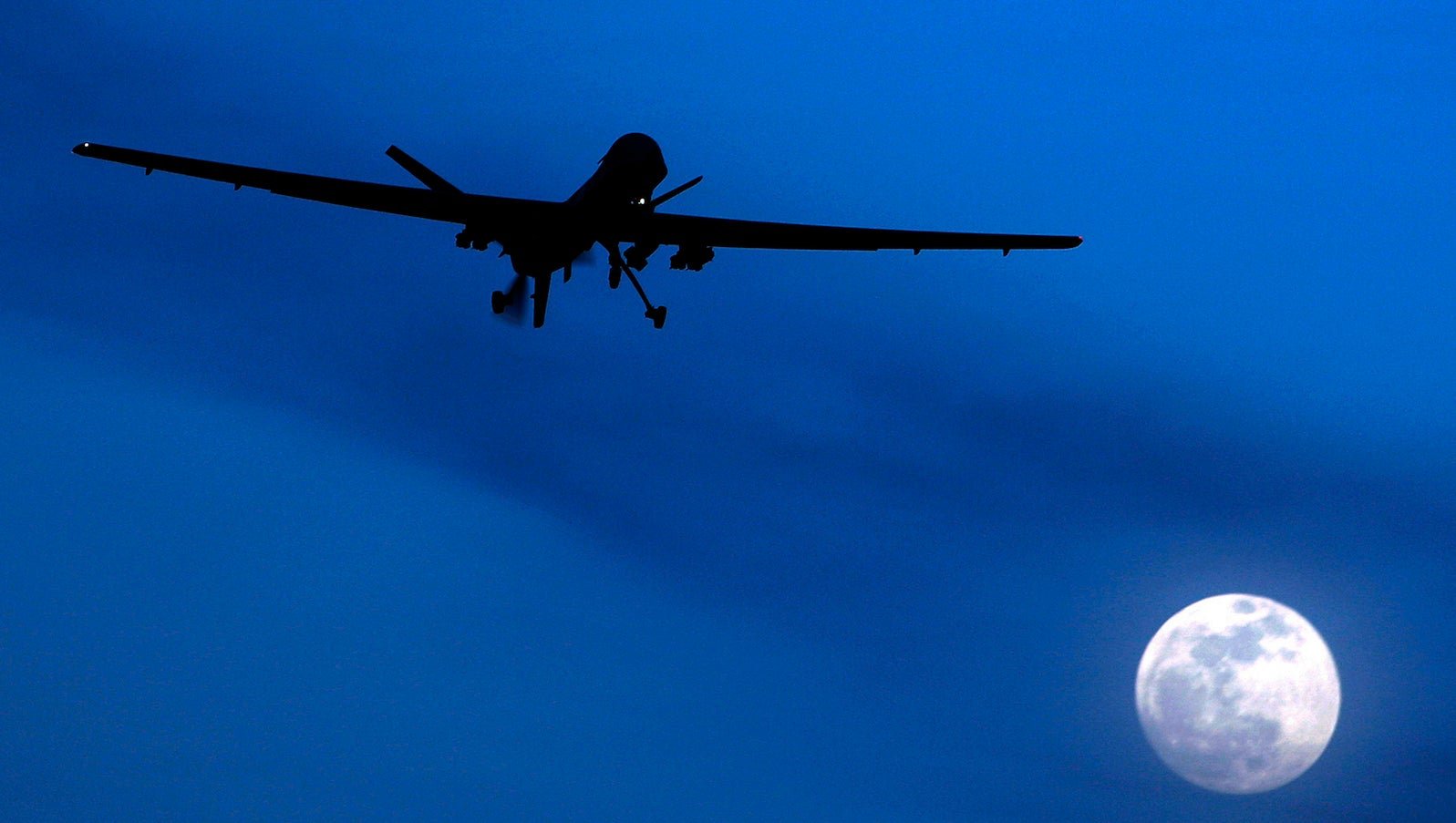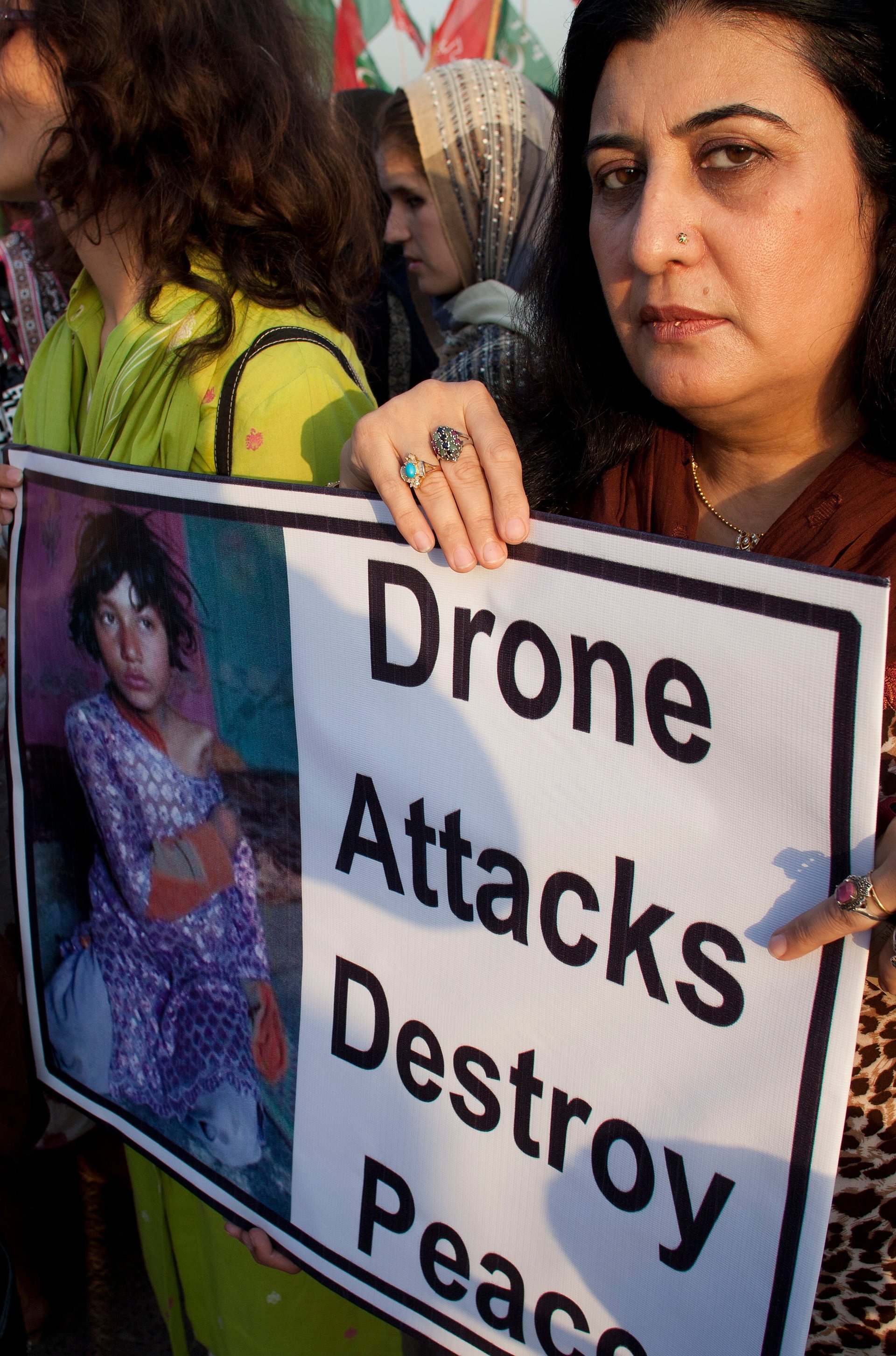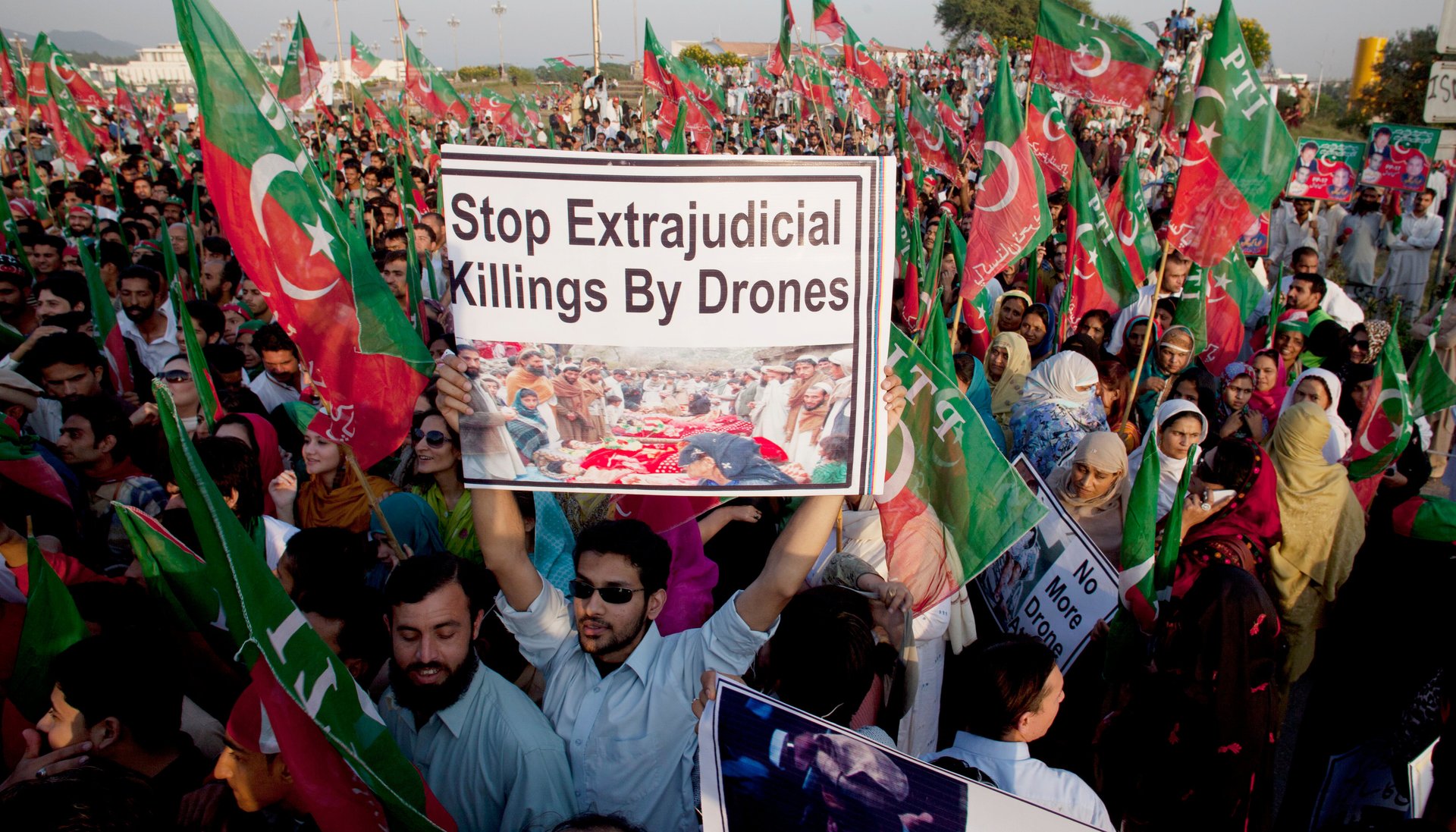American newspapers are vastly underreporting civilian deaths by US drone strikes
The Obama administration has repeatedly claimed its drone strikes are precise and conducted in compliance with international law.


The Obama administration has repeatedly claimed its drone strikes are precise and conducted in compliance with international law.
Yet information provided to online journal The Intercept by an unnamed source paints a different picture.
The Obama administration’s drone strikes have also been investigated by multiple UN Special Rapporteurs, including Philip Alston, Ben Emmerson and Christof Heyns. They have been criticized by numerous human rights NGOs, such as Amnesty International, Human Rights Watch and Reprieve. Stanford Law School, NYU School of Law and Columbia Law School have raised ethical and legal questions.
The dichotomy between claims made by the Obama administration and the reports by these well-respected observers should attract scrutiny by the media.
To find out what kind of job the media has been doing reporting this story, I recently completed and published a study of The New York Times’ and Washington Post’s coverage of US drone strikes between 2009 and 2014. These papers were chosen as representatives of the “elite press.” The Times calls itself the “paper of record.” The Post is considered by some to be the official paper of Washington, DC. I picked this five-year period because of the dramatic increase in drone strikes that occurred since Obama took office.
My conclusion: both papers have substantially underrepresented the number of civilians killed in drone strikes in Pakistan and Yemen, failed to correct the public record when evidence emerged that their reporting was wrong and ignored the importance of international law.
Reporting on civilian casualties
My research analyzed the Times’ and Post’s coverage of the immediate aftermath of drone strikes in Pakistan and Yemen.

The sample of articles included 81 Times and 26 Post stories published within two days of particular strikes.
The reporting in the two newspapers was compared to the London-based Bureau of Investigative Journalism’s coverage of the same drone strikes. I considered Bureau’s findings authoritative because they used a methodology that has been endorsed by the Center for Civilians in Conflict and Human Rights Clinic at Columbia Law School.
The 81 Times articles covered the same number of attacks. The Bureau found that civilians were killed in 26 of the 81 attacks—a rate of 32%. Yet the Times reported civilians killed in only two of those 26 attacks—a rate of 7.7%.
The 26 Post articles covered 26 separate attacks. The Bureau found that civilians were killed in seven of the 26 attacks—a rate of 27%. The Post, however, reported civilians killed in only one of those seven attacks—a rate of 14%.
According to the Bureau, in the 33 strikes that resulted in civilian casualties, a total of 180 to 302 civilians were killed. In the three Times and Post articles that reported civilian casualties, the deaths of just nine civilians were documented.
This trend of underreporting of civilian casualties means that readers are not being informed of the real consequences of drone strikes in Yemen and Pakistan. It represents a failure by journalists at these papers to view critically government claims regarding who is killed in particular strikes.
On not correcting inaccuracies
Unlike the Bureau’s accounts, which are informed by its post-strike investigations, the Times and Post are unable to confirm exactly who was killed when reporting in the immediate aftermath of a drone strike. Because of this limitation, the Times and Post have a responsibility to correct the public record after reporting misleading information.
When I contacted the Times and Post about the inaccuracies in their reporting on civilian casualties, and to see whether either newspaper published corrections, the answer from both was that they had not.
In response to a query, Joumana Khatib in the Times’ Office of the Public Editor provided the following quote from an unnamed assistant to the Times’ corrections editor: “We don’t re-report old stories, and that’s what would be required here.” The assistant made this claim despite the fact that the Times revisited earlier strikes with follow-up stories at least 15 times when such strikes targeted “high-value” targets in order to clarify whether the target was killed. Ordinary civilians who were killed have not received the same treatment.
Sylvester Monroe, the Post’s assistant managing editor, stated that when using “official sources” it is impossible to “independently verify which of the dead were members of militant groups and which might have been innocent civilians.”
Monroe also said: “Even if the CIA were to acknowledge that its count was inaccurate, it would not be up to us to run a correction.”
The absence of international law
Because drone strikes are used to employ lethal force, the legality of such strikes is a matter of international law. Depending on the context, lethal force is governed either by international human rights law or international humanitarian law. International human rights law applies at all times, but can be superseded by international humanitarian law in times of armed conflict.

The Obama administration insists that drone strikes are regulated by international humanitarian law. It claims that the US is engaged in an armed conflict with al-Qaeda and “associated forces.” This is far from a decided matter. Historically, international human rights law has governed the use of lethal force outside of recognized conflict zones.
In order to determine whether the Times and Post placed the drone strikes in their international legal context, I searched the 81 Times and 26 Post articles to see if they referred to any of the following terms: human rights, international human rights law, international humanitarian law, laws of war and laws of armed conflict.
In the 81 Times articles, human rights were mentioned five times—a rate of 6%. In the 26 Post articles, human rights were mentioned once—a rate of 3.8%.
Neither the Times nor the Post mentioned international human rights law. Neither of the newspapers referred to international humanitarian law, or either of its interchangeable titles, a single time.
The Obama administration’s lack of transparency and dismal reporting by the nation’s top newspapers combine to protect the administration from accountability for the civilians killed during its drone strikes.
Without government transparency and accurate reporting, whistle-blowers like the source of the Intercept’s “Drone Papers,” are the only source for information that will allow us to understand the real consequences of the drone strikes.